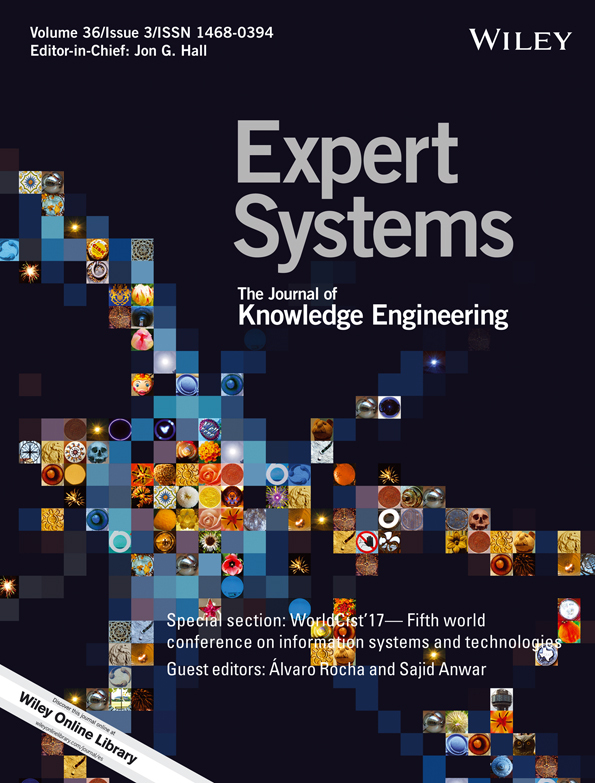OWL-based acquisition and editing of computer-interpretable guidelines with the CompGuide editor
Abstract
Computer-Interpretable Guidelines (CIGs) are the dominant medium for the delivery of clinical decision support, given the evidence-based nature of their source material. Therefore, these machine-readable versions have the ability to improve practitioner performance and conformance to standards, with availability at the point and time of care. The formalisation of Clinical Practice Guideline knowledge in a machine-readable format is a crucial task to make it suitable for the integration in Clinical Decision Support Systems. However, the current tools for this purpose reveal shortcomings with respect to their ease of use and the support offered during CIG acquisition and editing. In this work, we characterise the current landscape of CIG acquisition tools based on the properties of guideline visualisation, organisation, simplicity, automation, manipulation of knowledge elements, and guideline storage and dissemination. Additionally, we describe the CompGuide Editor, a tool for the acquisition of CIGs in the CompGuide model for Clinical Practice Guidelines that also allows the editing of previously encoded guidelines. The Editor guides the users throughout the process of guideline encoding and does not require proficiency in any programming language. The features of the CIG encoding process are revealed through a comparison with already established tools for CIG acquisition.




